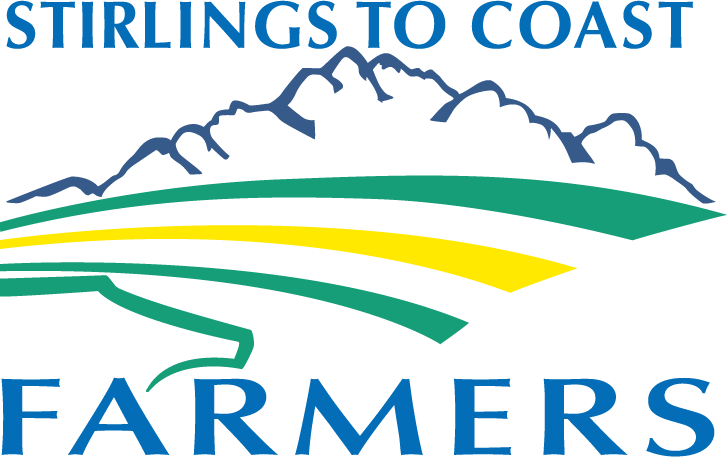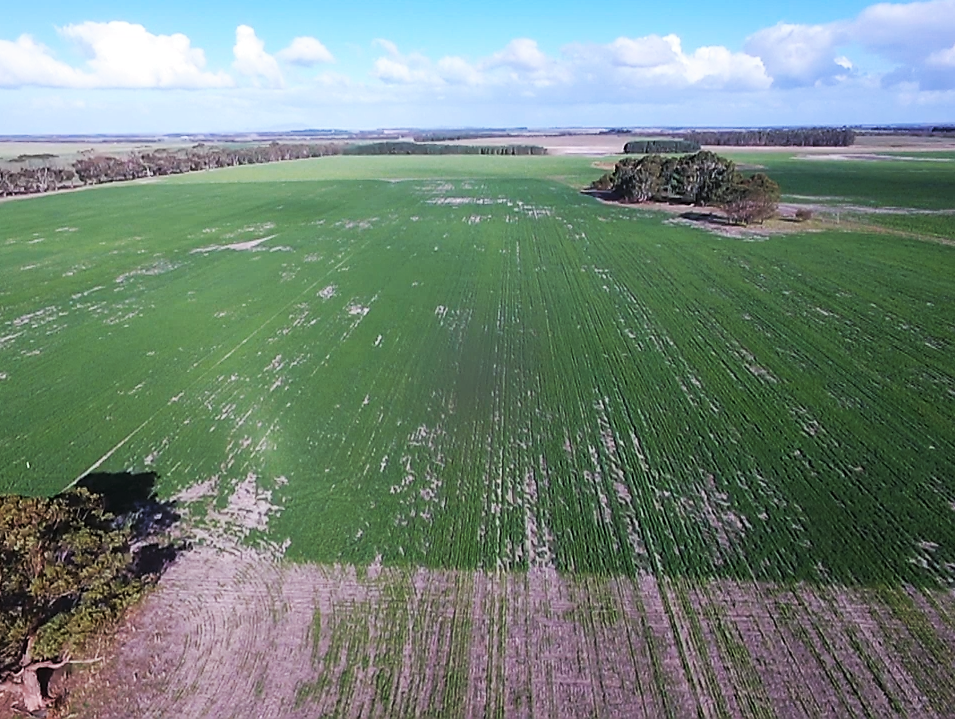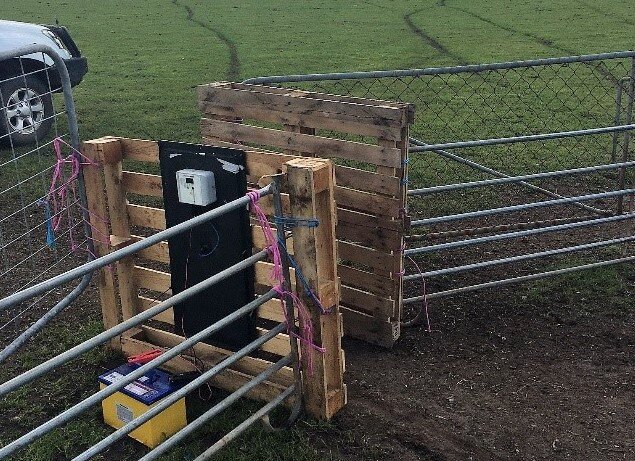‘Grain and Graze’ and eID tag data collection demonstration
BACKGROUND
SCF currently has several sites operating as part of our Meat and Livestock Australia (MLA) funded Producer Demonstration Sites (PDS). The Slade family are adopting electronic identification (eID) tags (NLIS)) and Pedigreenscan technology to discover what genetic gains can be made through selection of maternal genetics. Selecting desired traits based on the dams’ genetics is possible because eID tags make the process simple and cost-effective to match lambs and ewes accurately. SCF have been utilising the Pedigreescan system in this project, which works by measuring lambs and ewes passing through a checkpoint and the eID tag records the time of each pass. Based on the timing of the sheep passing through the checkpoint, we can match ewes and lambs with reasonable accuracy.
The second part of this project included the Curwen family hosting a ‘Grain and Graze’ demonstration in 2018 investigating the use of dual-purpose long season wheat to improve early season feed availability. Results for a similar ‘Graze and Hay’ trial hosted by Jarrod Beech in the 2018 season were also included in the project and results presented in our 2019 Trials Review Booklet.
SUMMARY OF RESULTS
‘Grain and Graze’ and ‘Grain and Hay’
Previous work from the Grain and Graze projects have indicated that wheat flowering dates can be set back two weeks after heavy grazing. The sheep in this trial did not heavily graze the DS Pascal due to a preference for the Longsword variety. It is unclear if a heavy grazing would have delayed the flowering time enough to avoid the frost damage that occurred in DS Pascal in 2018, given there were multiple frost events. With an early sowing date, it would be less risky for farmers to sow a true winter type wheat that has either vernalization and/or photoperiod triggers to initiate the reproductive phase of development.
The Curwen family were happy with the experiment to sow wheat earlier than “normal” and graze it once. 2018 was a very tough season for local farmers who fed out record amounts of grain to maintain livestock condition. Grain prices were very high due to drought-like conditions across the country at the time, and this made green feed even more valuable. During the June-July period there was no other green feed available on the farm for the ewes to eat. The Curwen’s believe that having significant areas planted to long-season wheat is an affordable way to plan for, and mitigate, dry conditions.
The Beech’s graze and hay demonstration site consisted of a 7.5Ha paddock of Tuscana oats, grazed by 50 merino hoggets for 2 weeks. The sheep were weighed onto the paddock on the 13th of July, at an average weight of 37.43kg and weighed off on the 27th of July with an average weight of 42.70kg, an average weight gain of 5.27kg per animal.
The oats were then locked up for the rest of the year and set aside for hay. Jarrod Beech cut the crop when it was still quite green due to contractor availability. His final hay yield was 7t/ha on the 20th November. Jarrod estimated it was worth $180/t which meant his gross revenue was $1260/ha plus the two weeks of grazing value.
An adjacent paddock of ungrazed Tuscana oats was also made into hay and the hay yield was the same as the grazed paddock at 7t/ha. Jarrod was extremely happy with his final hay yield and was surprised that there appeared to be little difference between the grazed and ungrazed paddocks of Tuscana oats. Jarrod will continue growing oats as a dual-purpose hay or grain and graze crop.
eID and Pedigreescan
Andrew Slade had great success in getting his stud ewe flock to move through the Pedigreescan race in 2018. Some ewes would have been through the race in 2017, which would have helped train others in the mob. Andrew Slade has taken DNA samples from his stud ewes and lambs, so their parentage can be determined. This offers a great opportunity to compare the results of the Pedigreescan with DNA testing. The Pedigreescan system is cheaper and easier than collecting DNA samples from the lambs and ewes. The accuracy of PedigreeScan will be key to Andrew Slade and others adopting the cheaper method for matching lambs and ewes.
RESOURCES
ACKNOWLEDGEMENTS
This project is funded by the Meat and Livestock Australia.






